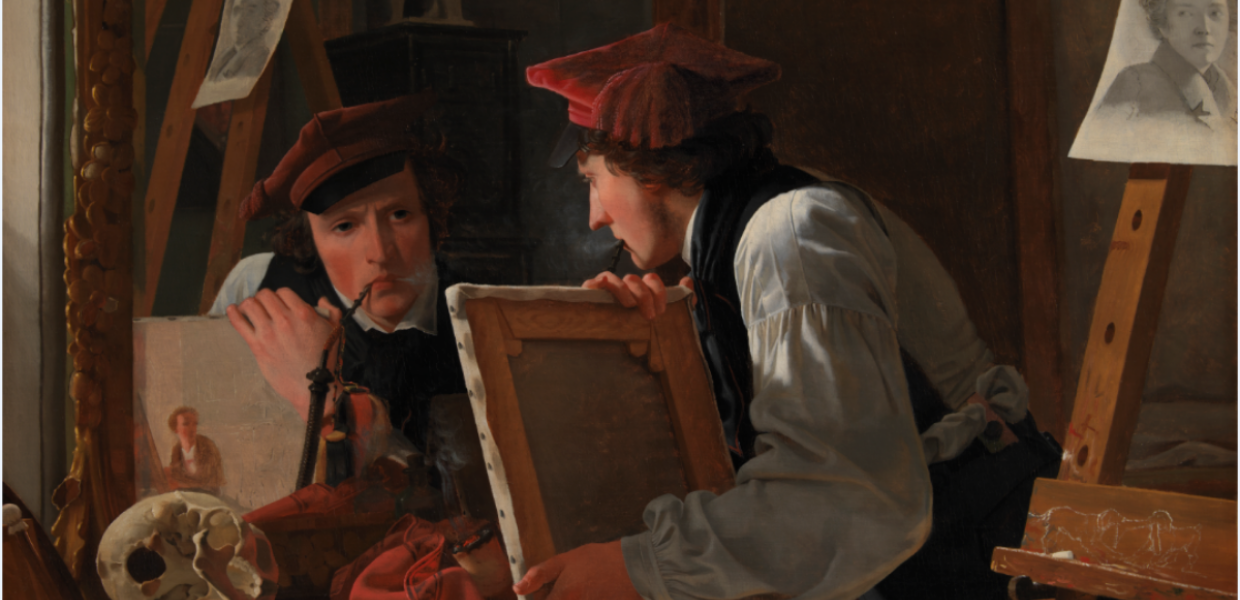A Dutch-language tool for exploring and assessing digital maturity
In this post, Bart Magnus, from meemoo (the Flemish Institute for Archives), explores the concept of digital maturity in cultural heritage organisations and tells us about a tool developed for the Flemish Department for Culture, Youth and Media that helps institutions assess it.
The Flemish Department for Culture, Youth and Media asked meemoo to develop an easy-to-use online tool that Flemish cultural heritage organisations could use to assess their digital maturity. Meemoo, the result of a merger between PACKED (the expertise centre for digital heritage in Flanders), VIAA (the Flemish Institute for Archiving) and Lukas (an online image bank of works of art and heritage from Flemish collections) launched the tool in January 2019.
The tool is intended for a broad range of cultural organisations from libraries and museums to performing arts organisations, cultural centres or socio-cultural organisations. It was developed to provide cultural organisations with insights into their digital maturity in relation to other organisations’ self-assessments, to prioritise actions towards improving their digital maturity, and to capture information on a sectoral level to feed future Flemish cultural policy actions.
What is digital maturity?
So, how do you define digital maturity? In exploring this field, we came across divergent approaches to deal with the subject. Some focused on the digital skills of individuals, others were more oriented towards the organisation as a whole. Inspired by our research into existing approaches and models, we defined five aspects of digital maturity to take into account in our model:
-
How do you deal with digital evolutions in your organisational strategy? Do you think strategically about digital aspects within your organisation?
-
How do you use digital applications to improve the interaction with your target groups?
-
Can digital products or services provide added value within your organisation? How do you deal with this today?
-
Digital maturity is not only a matter of tools, but also of people. Do you succeed in getting the right capacities in-house to achieve your objectives?
-
How do you organise the digital processes within your organisation?
It is important to make clear that being digitally mature does not mean doing everything digitally. A sign of digital maturity could also be when your organisation deals with digital evolutions in a well-considered way and applies them where useful.
Taking the assessment
The tool presents 47 statements in five categories that organisations have to rate themselves against.
Organisations can either use the tool anonymously or after registering. Registering brings some important advantages, namely that they receive tailor-made explanations that make the statements more concrete - explanations for museums differ from those for orchestras or libraries, for example.
Registered users can also make a selective comparison by filtering results according to subsector, FTE, year of foundation and/or yearly budget. At the end of the result page, users are directed to resources that can help them to improve their organisation’s digital maturity.
In the first year of existence, the website was visited about 1,700 times by 1,275 visitors and 51 accounts were created. Meemoo counted 115 completed sessions (19% by registered users) and 247 partly completed sessions (8% by registered users).
The tool is primarily intended for Flemish cultural organisations, but anyone who can speak Dutch can use it. Explore the tool at digitalematuriteit.be.

